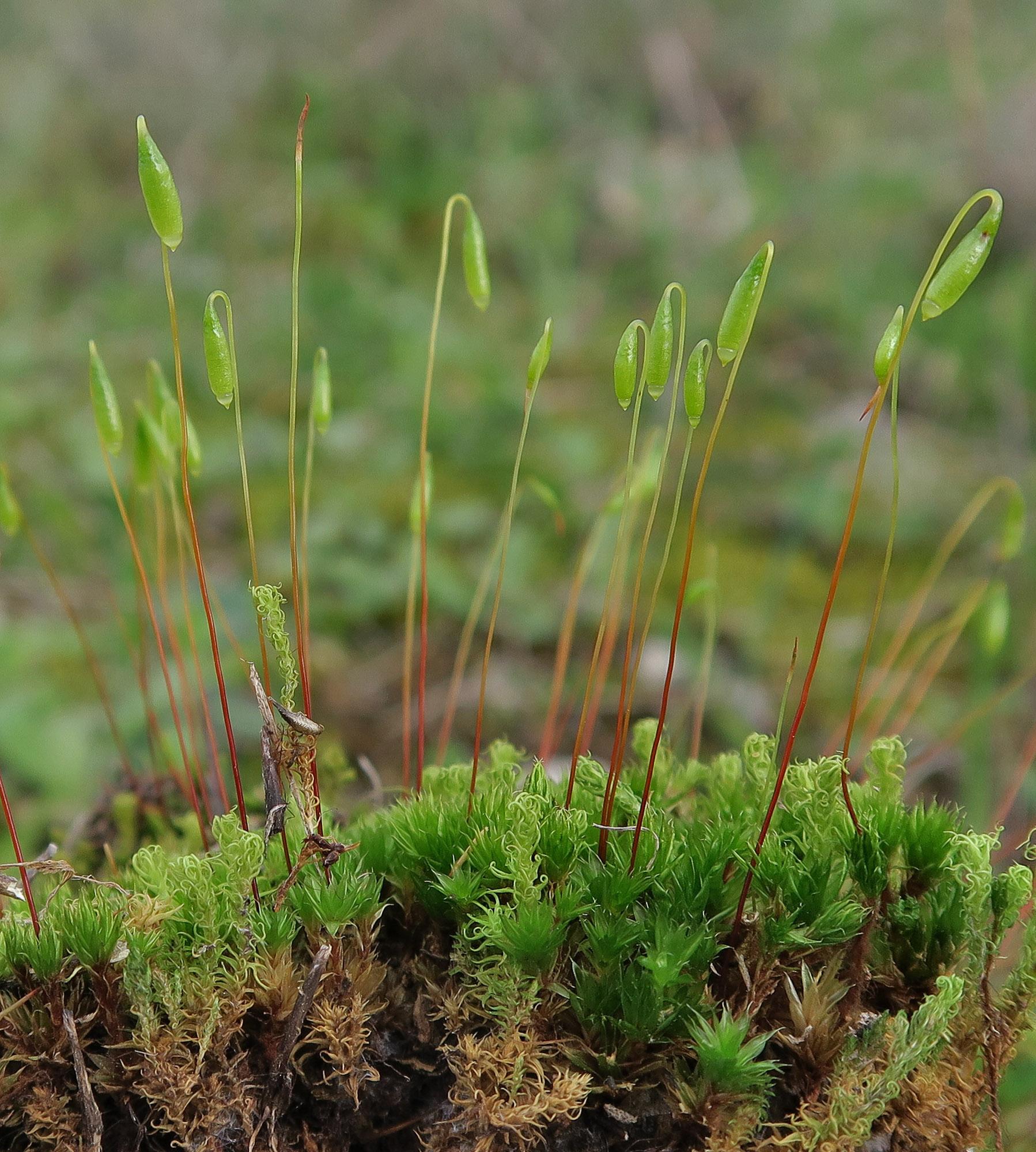
CANARIENSE-B.jpg from: https://www.britishbryologicalsociety.org.uk/learning/species-finder/bryum-canariense/
Introduction
In the vast and captivating world of bryophytes, one particular moss species stands out as a true marvel – the Bryum canariense Brid., also known simply as Bryum. This unassuming yet fascinating plant belongs to the Bryaceae family and has captured the hearts of moss enthusiasts worldwide. Let’s delve into the intriguing realm of this diminutive botanical wonder.
Background
Before we explore the specifics of Bryum canariense Brid., it’s essential to understand the broader context of bryophytes. These non-vascular plants, which include mosses, liverworts, and hornworts, are among the oldest lineages of land plants on Earth. They played a crucial role in the transition from aquatic to terrestrial environments, paving the way for the evolution of more complex plant life.
Main Content
Morphology and Identification
Bryum canariense Brid. is a acrocarpous moss, meaning its spore capsules are borne at the tips of the stems. Its vibrant green tufts or cushions are composed of densely packed stems, each adorned with tiny, overlapping leaves. These leaves are typically lanceolate (lance-shaped) or ovate-lanceolate, with a distinctive midrib running along their length.
One of the most striking features of Bryum canariense Brid. is its sporophyte, the reproductive structure that produces spores. The sporophyte consists of a slender seta (stalk) topped by a capsule, often with a distinctive reddish-brown color. This capsule is covered by a calyptra (a cap-like structure) when young, which eventually falls off to reveal the operculum (lid) and peristome (tooth-like structures) that aid in spore dispersal.
Global Distribution and Habitat
Bryum canariense Brid. is widely distributed across various regions, including Europe, North Africa, the Canary Islands, and parts of Asia. It thrives in a diverse range of habitats, from rocky outcrops and soil banks to disturbed areas and even urban environments. This moss is particularly well-adapted to dry and sunny conditions, making it a resilient and versatile species.
Ecological Roles and Adaptations
Despite their diminutive size, mosses like Bryum canariense Brid. play vital roles in their ecosystems. They act as pioneers, colonizing bare or disturbed areas and facilitating the establishment of other plant species. Additionally, they contribute to soil formation, water retention, and nutrient cycling.
Bryum canariense Brid. possesses remarkable adaptations that enable it to thrive in challenging environments. Its ability to rapidly absorb and retain moisture through its leaf and stem structures allows it to survive periods of drought. Furthermore, its compact growth form and dense cushions help conserve water and protect the delicate reproductive structures.
Case Studies/Examples
One notable example of Bryum canariense Brid.‘s resilience can be found in the Canary Islands, where it thrives on volcanic substrates and contributes to the early stages of ecosystem recovery after eruptions. Its ability to colonize these harsh environments showcases its remarkable adaptability and ecological significance.
Technical Table
| Characteristic | Description |
|---|---|
| Family | Bryaceae |
| Genus | Bryum |
| Species | canariense |
| Growth Form | Acrocarpous moss, forming dense tufts or cushions |
| Leaf Shape | Lanceolate or ovate-lanceolate, with a distinct midrib |
| Sporophyte | Slender seta with a reddish-brown capsule, calyptra, operculum, and peristome |
| Habitat | Rocky outcrops, soil banks, disturbed areas, urban environments |
| Distribution | Europe, North Africa, Canary Islands, parts of Asia |
Conclusion
Bryum canariense Brid., a humble yet extraordinary moss species, serves as a testament to the resilience and adaptability of bryophytes. Its ability to thrive in diverse habitats, contribute to ecosystem recovery, and play vital ecological roles make it a true marvel of the plant kingdom. As we continue to explore and appreciate the wonders of nature, let us ponder this thought-provoking question: What other secrets and marvels might these unassuming mosses hold, waiting to be uncovered by the curious minds of enthusiasts and researchers alike?